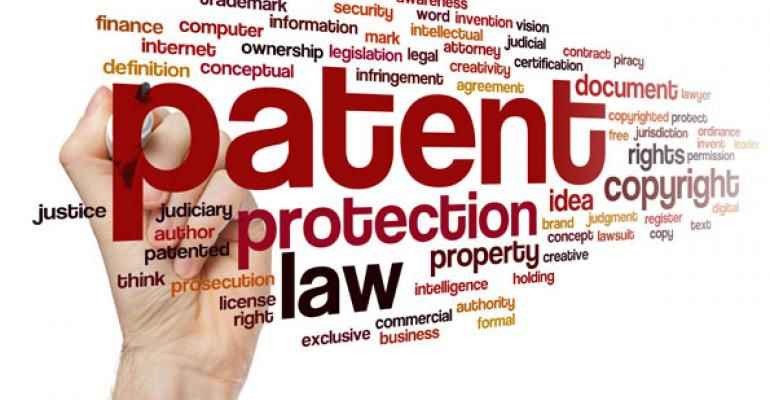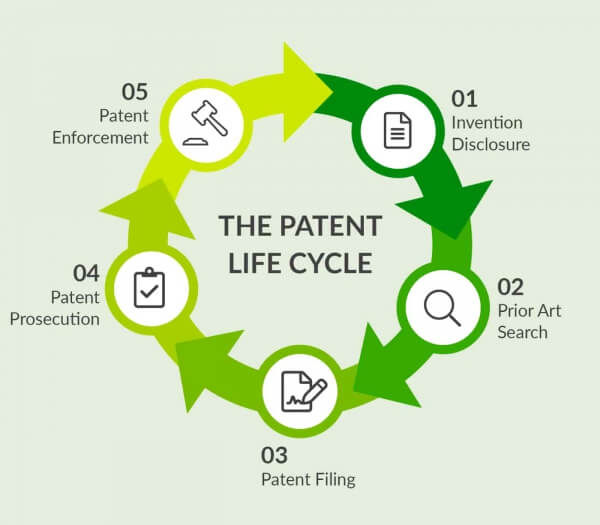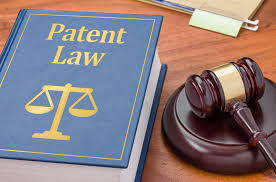Do Doctrines Benefit Our Judicial System?
- Kajal Wadhwana

- Jun 28, 2020
- 5 min read

Most of you must be familiar with Scientists or Pharma-companies registering their inventions in medicines or any other innovations! This is ‘patenting’ your inventions or innovations. A patent is a form of intellectual property that gives the right to an inventor who has created something new, useful, non-obvious, and unique. It is a statutory right given to the inventor to use the invention specifically for his own purpose. Such exclusive right is granted for a limited period i.e. 20 years and annual fees are paid every year to keep the patent alive. What if fees are not paid? Then, it is considered as a lapse of patent, after an extended-term given on request. Once, one of my friends asked me- Why the validity of patents sustains for a fixed duration? Well, I think granting a longer-term for pharmaceutical patents will result in delays in the entry of generic versions and could adversely affect access to medicines. Patents is segregated into 3 kinds:
1. Utility
2. Design
3. Plant
To comply with all the provisions relating to patent registration or approval or infringement, we have, The Indian Patents Act, 1970 which deals with all of these including the prevention of rights of patent holders. The Patent right gives owners the privilege to prevent another from taking advantage of their invention and allows them a fair return on their work and investment.
How can we get Grant of Patent?

I would describe it to you in a nut shell;
1. Firstly, a person needs to file an Application in Form-1 to the Controller General of India along with provisional application in Form-2.
2. The Controller General of India will then Examine and Grant Acceptance if found relevant.
3. The Application is then Advertised by publishing it in the Official Journal of Patent.
4. If any Objection, it needs to be filed within 3 months from the date of publication of advertisement in the journal.
5. Lastly, after hearing both sides, the Controller will grant a patent and publish in an official journal.
How does the right of a Patentee gets violated?
Sometimes, copying of the patent might not be a literal limitation, but may provide the same effect. If such copying is allowed, the purpose of granting the patent rights to the inventor will be meaningless. It will become easy for any person to imitate the patent by making minor changes and enjoy returns larger than those accruing to the original inventor. To counter such behavior, Doctrine of Equivalents was introduced. It was decided by the U.K Supreme Court that infringement may occur even though the literal language of the claims was avoided.
Patent infringement means the violation of the exclusive rights of the patent holder granted by the Government i.e. unauthorized use of patents. Section 104 to 114 of the Indian Patent Act 1970 provides guidelines related to patent infringement. It generally falls into two categories:
1. Literal Infringement (Direct Patent Infringement)
2. Indirect Patent Infringement (Doctrine of Equivalents)

Literal Infringement
In cases of literal infringement, it is often quite clear that the patent is being infringed. When infringement disputes involving literal infringement escalate to the level of litigation, there is usually some other underlying issue or potential defense to the infringement allegations. Direct Infringement is the most common type which occurs when a product that is close to any patented product or invention is used commercially or marketed without permission from the owner of the patented product or invention. For instance, the accused infringed might raise the defense that they have licensed the right to make or sell the product from the patent holder, or that the patent in question is invalid.
What is Doctrine of Equivalent in Patent?
Any person is liable to infringement if he exercises the exclusive rights of the patent holder without the patent owner's authorization or license. A claim may be infringed under the doctrine of equivalents if it falls under the "triple test", i.e. equivalence holds when the substituted elements perform substantially the same function in substantially the same way to obtain the same result. In simple words, a patent claim may be found to infringe if there is "equivalence" between the elements of the accused product or process and the claimed elements of the patented invention, even if that does not literally infringe upon the express terms of patent claims.
Few factors related to substantiality are:
- Whether persons skilled in the art actually know of the equivalence of the claimed and accused inventions.
- Whether persons skilled in the art could have known of the equivalence.
- Whether he had intended to copy, or, rather intended to design around, unintentionally arrived at the same result.
How was this Doctrine Introduced?
A case of Ravi Kamal Bali vs. Kala Tech and Others brought forward the doctrine in India. The ‘suer’, instituted an infringement suit seeking an interim injunction preventing Kala Tech, the Defendant, from making, selling or distributing tamper-proof locks/seals as it would be the infringement of his patent. He argued that Kala Tech performed the same work, in substantially the same manner and gives the same output thereby contributing to the infringement. He asked the court to apply the Doctrine of Equivalents while considering the question of infringement of patents. Although the interim injunction was not granted, the importance of the case lies in that, it was the first case where the doctrine of equivalents was discussed in India.
In other cases like, the case of Bishwanath Prasad Radhey Shyam vs Hindustan Metal Industries, it was observed by the Supreme Court that the proper way to interpret any specification is to first read the description of the invention and then see what is claimed in the invention, as the patentee cannot claim more than he desires to patent.

Is this Doctrine Crucial for our Judiciary?
The application of the doctrine of equivalents in the matters of infringement is a big step for the Indian Judiciary; the judgment has also received severe criticism as the High court has several times failed to take into account the legal bars to the application of the doctrine as recognized by the US Judiciary in several matters. Despite the doctrine has been around for almost 150 years, a sorted, linguistic framework is yet to evolve. It creates ambiguity and difficulty in application. If a member of public creates an invention, even after looking into the literal scope of the claims and falling outside of it, might later find to have infringed the same patent under the doctrine of equivalents. Why is that every time we have to fight for our rights? Why does the real Patentee have to wait so long for justice? Why people manipulate facts and create false evidences?
The finding of equivalence is a determination of fact, proof can be made in any form through the testimony of experts skilled in the field or an authoritative document on the subject. With reference to India, it can be concluded that so far there have been very few cases dealing with patent claim infringement. In spite of that, the pace at which technological advancement is taking place, the Indian judiciary is likely to face similar cases in the near future. India can formulate its own theory based on sound techno-legal reasoning in striking a balance between conflicting interests of protection and innovation.
With this, I would like to sign off. Hope the idea of patents must have been perceived by you in literal form. Keep Reading. Stay Safe!
_edited.jpg)



Comments